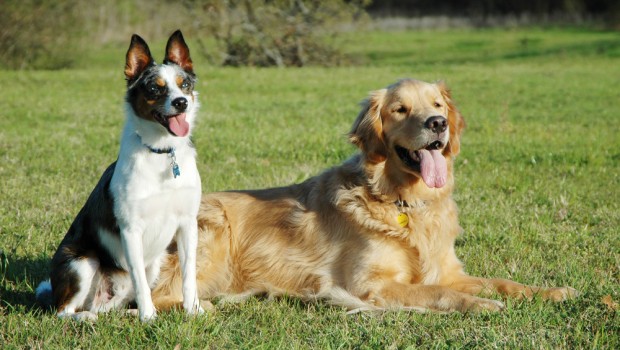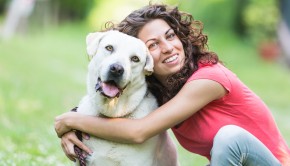The Best Way To Introduce A New Puppy To Your Older Dog
Are you planning on getting a new puppy and introducing him into a household that already has a dog as the long-standing family pet? This can be a stressful time for the dog that has already established his territory with both the home as well as all members of your family.
When you add another dog or puppy to your household, you should be prepared for the work that lays ahead. You’ll have to juggle a balancing act between housebreaking your new puppy, behavior training him, etc. while at the same time keeping your older dog in a state of comfort and love, and with as much attention as you can spare. Here are a few ways to make the job easier:
1. Try to let the two dogs establish a hierarchy the natural way. Sometimes it’s best not to get too involved with this process because it may affect the way your dogs relate to each other. When dogs establish their hierarchy, they do not care who was there first or who is the toughest. Instead, they base it on which one is more responsible and has more intelligence. Many people think that the tougher dog would establish a higher level of leadership, but this is not always the case.
2. Be sure to understand that although they are both dogs, it doesn’t mean that they have the same emotional needs or communication skills. Not all dogs should be treated the same. You must determine the temperament of each dog, as well as the individual personality, and use this information to learn how to properly communicate and treat them. You have to develop a sensitivity level for the needs of each dog.
3. Continue to practice the ethical disciplinary rule of not punishing either dog unless you actually see one of them commit the crime. If you do not understand what I am referring to, it is simply bad dog training ethics to come into a room and scold or punish a dog after the mess has already been made. Remember that a dog or puppy does not associate the disciplinary action you are giving him with a mistake he made in the past. So with a new puppy in the house who is not trained completely, you should not scold him even though you know he is the culprit unless of course, you catch him in the act.
4. Regardless of how old the dog at home is, he may revert to acting like a puppy when you bring home your new dog in terms of jealousy and attention. A perfect example of this behavior can be seen when you are playing with toys with both dogs. There is always one dog who wants to run and grab up all of the toys and not let the other pup have any. You need to understand that this is just the way the dog is attempting to establish its hierarchy. So do not interrupt this process by stealing the toys away from the more dominant dog and giving them to the other one.
5. If for some reason the two animals start to fight, be sure not to yell. You are already dealing with a tense and dangerous situation between two fighting dogs so do not make it worse by raising your voice. Dogs perceive yelling as a threat and will make the situation deteriorate, especially as your little puppy matures.
Ironically enough, the best thing you need to do if your two dogs start to fight is to simply get up and walk right outside as fast as you can, slamming the door as you leave. Do not say anything, do not yell, just get up and go. The reason why this technique works is that your dogs are fighting for your attention and once you leave the room, they have nothing to compete against each other for and will stop fighting.
6. When it’s time for your dogs to eat, feed them both separately for a period of time. You do not have to necessarily have them eat in separate rooms, but at least place the food bowls at opposite ends of the kitchen or whatever room you feed them in.
If you have a difficult time with separating them in one room when placing the first bowl down, feel free to use a leash to hold one dog back. And always lay down the food bowl over the more dominant dog first.






